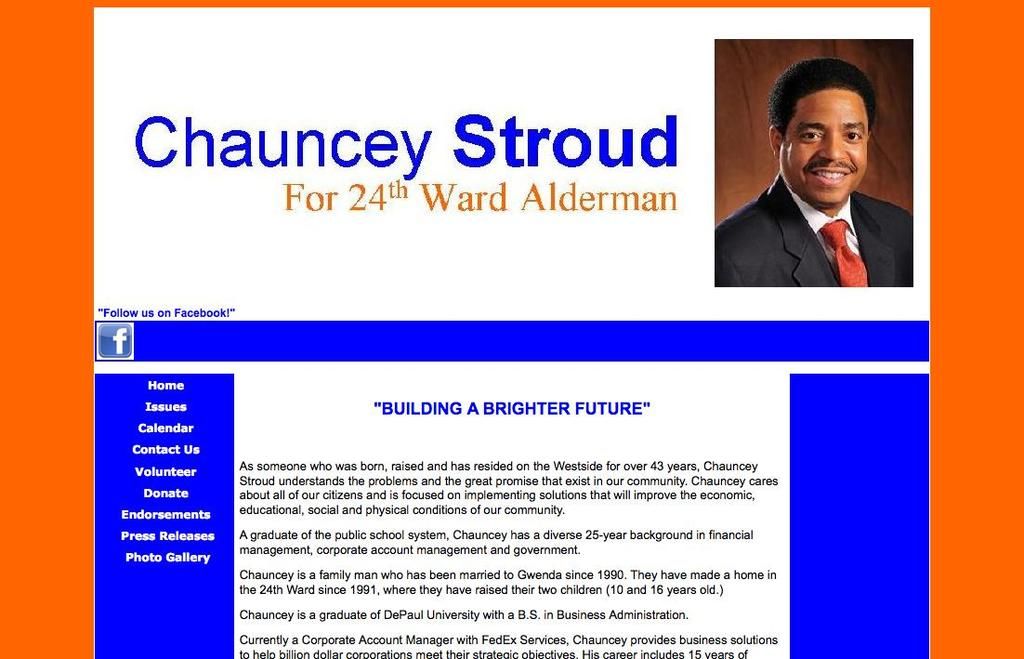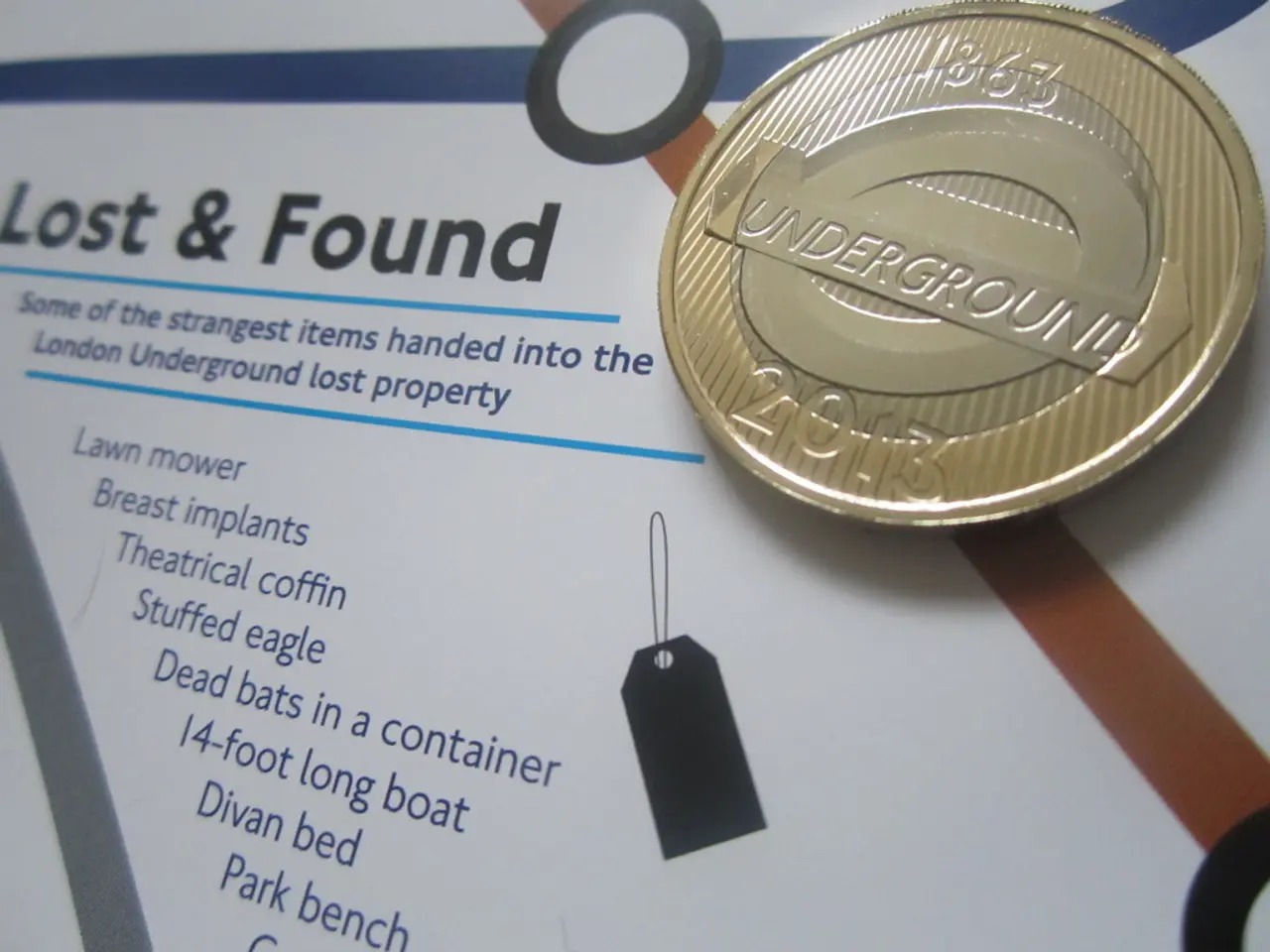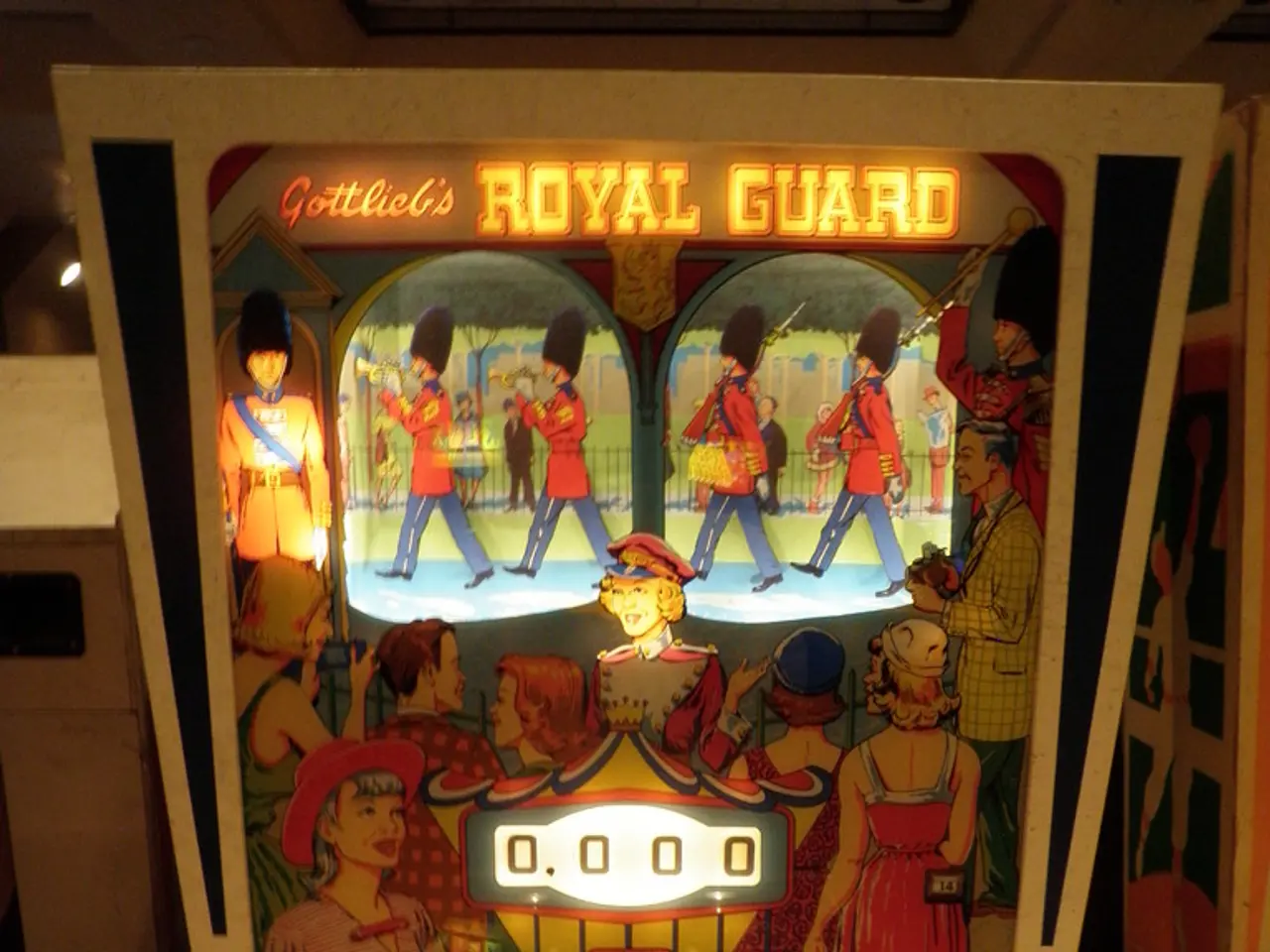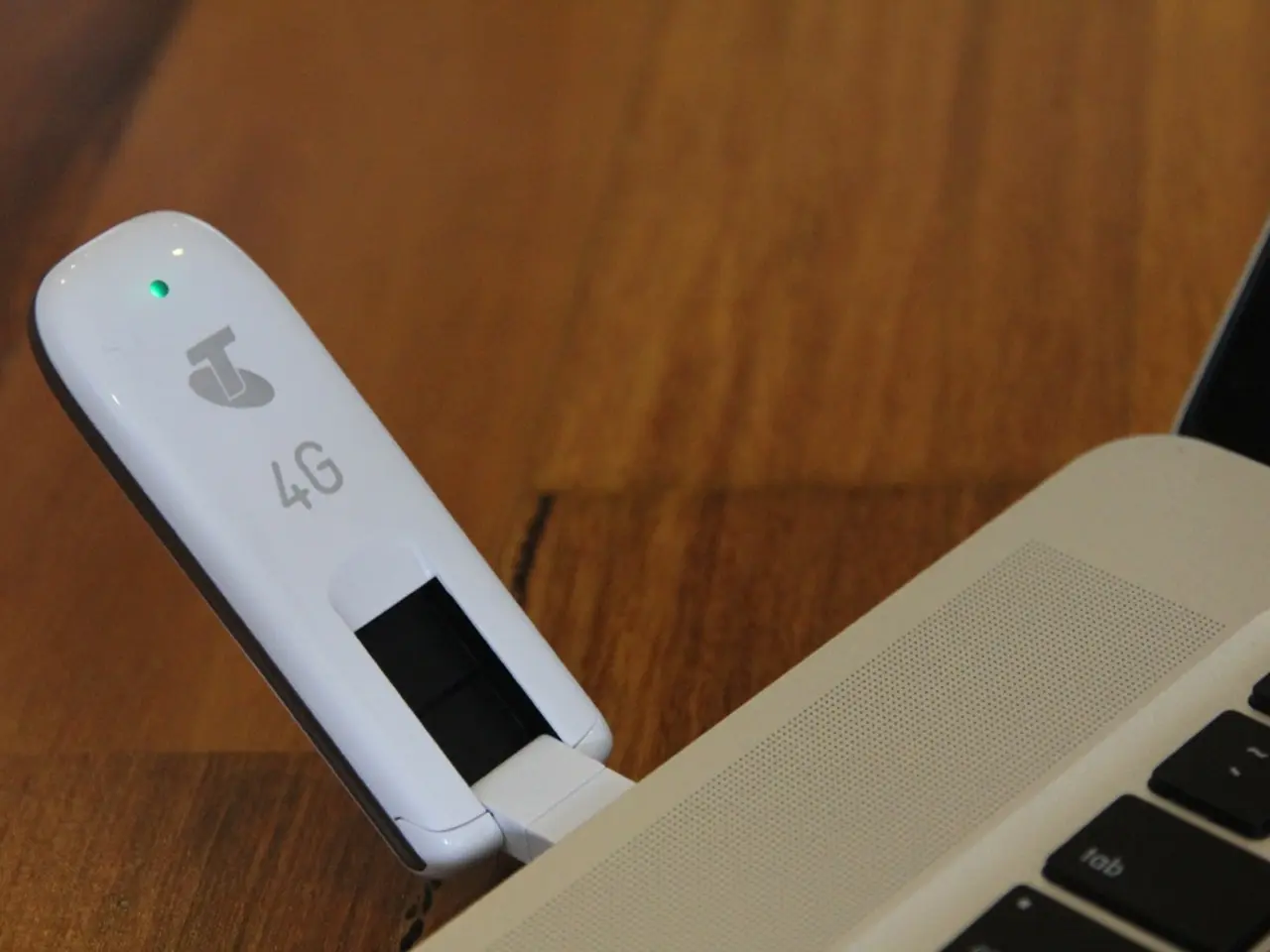Err on the Side of Caution: Be Aware of Typical Blunders in Employing Artificial Intelligence Predictors
Feeling discouraged when your patent application gets misclassified? It's a common headache, but fear not! With the U.S. Patent and Trademark Office now armed with smart AI systems, it's time to step up your game when drafting your patent applications. Here's the lowdown on five common blunders to avoid when using Art Unit Predictors (AUPs) and some handy tips to help you succeed!
Five Blunders You May Be Making with Your Art Unit Predictors
Imagine relying on a basketball strategy from the 80s in today's game? That's the same as using outdated tactics when it comes to AUPs. The AI-driven classifiers in the Patent Office have grown sophisticated, and it's about time your strategies kept pace. Here's where many patent attorneys and inventors still falter:
#1. Overdependence on Simple Word Substitution
In the past, attorneys could sometimes sway the AI to direct a patent application to a preferred Art Unit by playing word games. For example, replacing "money" with "some other reliable words" to skirt around the business methods Art Unit. This approach worked in the earlier, simpler systems, which relied heavily on keywords for classifications.
However, the new AI-driven classifiers now scan the full context of the application, including the underlying technology, making simple word changes ineffective. Focus instead on clearly describing the core technological aspects of your invention, rather than attempting to deceive the system by tweaking keywords.
#2. Overemphasis on Non-Technological Aspects of the Invention
One common mistake is placing too much focus on the business or commercial uses of the invention instead of its technical features. When a patent application talks mainly about the business side of things, it can get misclassified into an Art Unit dealing with business methods, which may not be relevant to the invention. Emphasize the technical aspects of your invention, and your application is more likely to be placed in a tech-savvy Art Unit that really understands your innovation.
#3. Ignoring Predictive Feedback from Art Unit Predictors
A frequent oversight is paying no attention to the crucial feedback offered by AUPs. While they provide valuable insights into where your patent might be assigned and helpful stats like allowance rates, utilizing the data isn't automatic success. Refining your strategy based on this information is key to achieving the right assignment. Ignoring the data, or misinterpreting it, can send your application to a tougher Art Unit.
#4. Expecting Predictors to be Magic Solutions
Another pitfall is thinking that AUPs are magic wands. While these tools offer guidance, they don't guarantee results automatically. Focus on refining your technical details, based on the tool's insights, to increase your chances of success.
#5. Choosing a Misfit Art Unit Predictor
A big mistake is using an Art Unit Predictor that doesn't meet your needs. While other errors can be corrected, investing in a tool that isn't a good fit can end up consuming your budget, time, and resources. Look for AUPs that integrate with your patent management platform, if possible. This allows you to fine-tune your strategy effortlessly, enhancing your chances of success.
Top 5 Art Unit Predictor Tools to Fast-Track Your Patent Approval Process
Tools like Triangle IP's Art Unit Predictor can be your best bet, as it is available as a standalone tool to save costs or can seamlessly integrate with their patent platform. It allows you to fine-tune your strategy by adjusting claims and instantly seeing new predictions. Other promising options include:
- Patent Buddha's Art Unit Finder
- QuestMode's Patent Predictor
- CheckMate by LexOrbis
- PatentAdviser's Art Unit Search
- LegalTechs' Patent Art Unit Predictor
By following these tips and finding the right Art Unit Predictor, you'll be well-prepared to breeze past common pitfalls and sail smoothly through the patent approval process. Good luck!
- Outdated strategies may lead to misclassifications with the advanced AI-driven classifiers in the Patent Office, encouraging patent attorneys and inventors to update their strategies when using Art Unit Predictors (AUPs).
- Simple word substitution, once an effective method to influence AI classifiers, is no longer effective as the new AI-driven classifiers now analyze the full context, including underlying technology, making deceptive keyword tweaks ineffective.
- Overemphasizing non-technological aspects, such as business or commercial uses, of an invention in a patent application can result in misclassification into a business methods Art Unit, which may not be relevant to the invention.
- Ignoring predictive feedback from AUPs can send an application to a tougher Art Unit, as they provide valuable insights into where the patent might be assigned and helpful stats like allowance rates.
- Expecting AUPs to be magic solutions instead of focusing on refining technical details, based on the tool's insights, can lead to missed opportunities for success in the patent approval process.
- Choosing an incompatible Art Unit Predictor that doesn't integrate with your patent management platform can consumer budget, time, and resources, rather than enhancing chances of success.
- Utilizing tools like Triangle IP's Art Unit Predictor, Patent Buddha's Art Unit Finder, QuestMode's Patent Predictor, CheckMate by LexOrbis, PatentAdviser's Art Unit Search, and LegalTechs' Patent Art Unit Predictor can help patent attorneys and inventors find the right tools to swiftly navigate the patent approval process.






